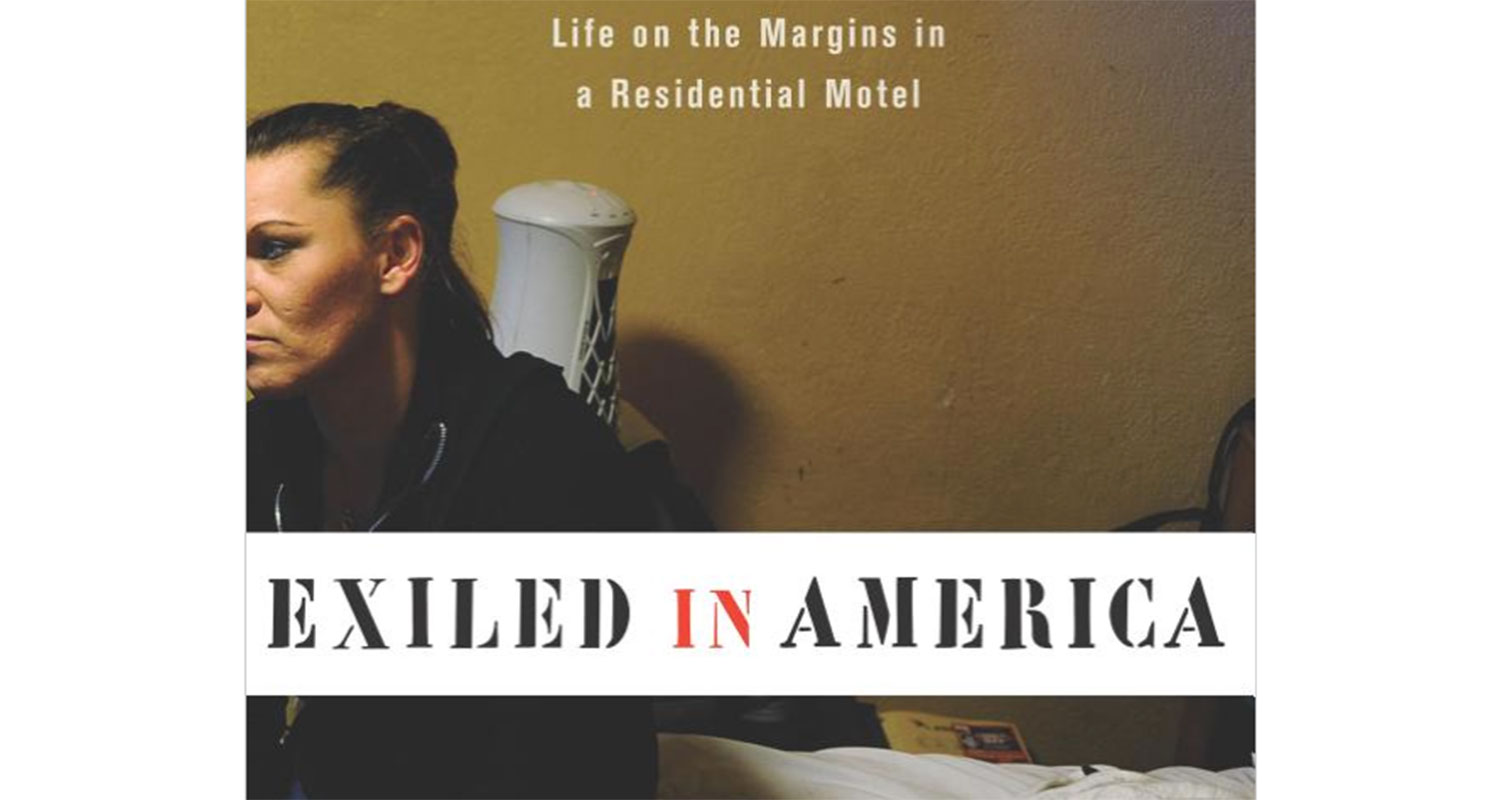According to the American Cancer Society, there will be an estimated 1,688,780 new cancer cases diagnosed and 600,920 cancer deaths in the U.S. in 2017.
 These numbers are stark and sobering, and worse yet, we still do not know exactly why cancer develops in its victims or how to stop it.
These numbers are stark and sobering, and worse yet, we still do not know exactly why cancer develops in its victims or how to stop it.
An online publication in Nature Nanotechnology this week by Kent State University researchers and their colleagues at Kyoto University in Japan, however, may offer new understanding about what turns good cells bad.
Hanbin Mao, Ph.D., professor of chemistry and biochemistry in Kent State’s College of Arts and Sciences, co-authored a paper with his graduate students, Prakash Shrestha and Sagun Jonchhe, along with four Kyoto University colleagues, titled “Confined Space Facilitates G-quadruplex Formation,” which was published March 27 on the esteemed journal’s website. The article discusses the genetic factors that influence formation of cancer cells.
“Traditionally, DNA has a two-strand shape — the double helix — and its purpose is to code the proteins that form life,” Mao said. “But recently, people have discovered that some DNA has four strands, and we call this the G-quadruplex. This is associated with the inhibition of cancer cells.”
However, while most G-quadruplex DNA is beneficial, Mao said some strands go bad and such mutations actually will enable cancer cell growth. To understand why this happens, scientists first had to learn why DNA sometimes develops into four-strand structures.
All DNA is generated by enzymes and operates like an assembly line. However, Mao said, there comes a point where DNA makes a decision to form a double helix or a quadruplex. He said most DNA takes the two-strand route simply because it is the easiest path.
Mao said nanometer-sized (one billionth of meter; 25,400,000 nanometers = 1 inch) spaces inside the enzymes are where these formations occur. The inability to mimic these spaces in laboratory settings has prohibited deeper study of the G-quadruplex formation. That is, until now.
With help from chemists and engineers at Kyoto University in Japan, Kent State’s Mao and graduate students Shrestha and Jonchhe used “DNA origami” to create a “nano cage.” They accomplished this through single-molecule mechanochemical sensing — a technology Mao’s lab developed in 2014. Over the past few years, he has published several studies involving the use of “laser tweezers,” a tool that provides the ability to hold micrometer- and nanometer-sized biological materials in place.
That technology allowed Mao to create 6-by-6 nanometer-sized cages, then observe how DNA folded into different shapes inside the space.
“It’s easier for the DNA to fold inside the cage,” he said. “It folds to adapt to the small space, and here DNA naturally folds into the G-quadruplex.”
He said the process occurs two to three orders of magnitude faster inside the cage than out, folding 100,000 per second — a speed that makes forming G-quadruplex as fast and easy as forming a double helix.
“With that observation, we may follow the fate of the cell to be cancerous or healthy,” he said. “So we can perhaps learn how to introduce molecules or chemicals to interfere with that process.”
He said scientists can use ligands — bonded molecules — to facilitate this effect with greater potency, thereby reducing the likelihood that cancer cells will form.
“We can prevent or better treat cancer by stabilizing G-quadruplex structures,” Mao said.
For more information about Kent State’s Department of Chemistry and Biochemistry, visit www.kent.edu/chemistry.
For more information about research at Kent State, visit www.kent.edu/research.
# # #
Photo Caption:
Hanbin Mao, Ph.D., professor of chemistry and biochemistry at Kent State University, co-authored a paper with two of his graduate students, along with four Kyoto University colleagues, on Nature Nanotechnology’s website that discusses the genetic factors that influence formation of cancer cells.
Media Contacts:
Dan Pompili, dpompili@kent.edu, 330-672-0731
Emily Vincent, evincen2@kent.edu, 330-672-8595
 Many people take their work home, but few turn work into their home.
Many people take their work home, but few turn work into their home.  “I am pleased that the federal government made this designation,” said Dean Kahler, survivor of the May 4, 1970, events. “It means that what happened in 1970 was of national importance and will never be forgotten from this day forward.”
“I am pleased that the federal government made this designation,” said Dean Kahler, survivor of the May 4, 1970, events. “It means that what happened in 1970 was of national importance and will never be forgotten from this day forward.” “As we approach the 50th anniversary of May 4, 1970, this recognition compels us to fully claim our status as a global resource and convener of the world’s most critical conversations on peace and conflict resolution,” said Kent State President Beverly Warren. “We are indebted to the team whose tireless commitment resulted in a successful National Historic Landmark application, ensuring the story and lessons of May 4 are regarded and remembered in perpetuity.”
“As we approach the 50th anniversary of May 4, 1970, this recognition compels us to fully claim our status as a global resource and convener of the world’s most critical conversations on peace and conflict resolution,” said Kent State President Beverly Warren. “We are indebted to the team whose tireless commitment resulted in a successful National Historic Landmark application, ensuring the story and lessons of May 4 are regarded and remembered in perpetuity.”